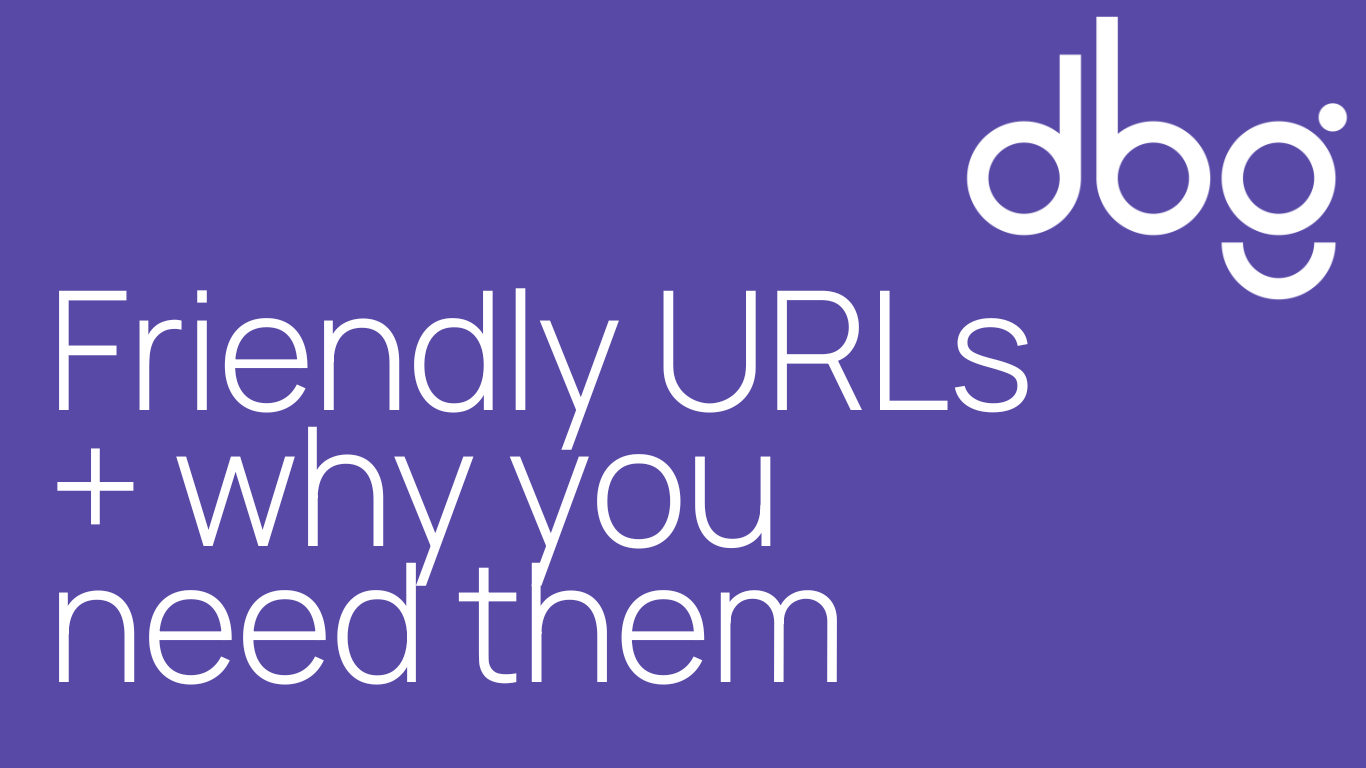 Friendly URLs, also known as user-friendly or clean URLs, play a pivotal role in shaping the online journey for your customers.
Friendly URLs, also known as user-friendly or clean URLs, play a pivotal role in shaping the online journey for your customers.
A friendly URL is concise, descriptive, and easy to read, creating a positive first impression and contribute significantly to a seamless and intuitive user experience. Users can easily understand the content of a page just by glancing at the URL. This transparency builds trust and encourages users to explore your site further, knowing they are likely to find what they are looking for.
Search engines favour websites with clean and relevant URLs, and Friendly URLs containing keywords related to your products or services can positively impact your search engine rankings. When search engines understand the content of your pages through well-structured URLs, they are more likely to index and rank your site higher in search results.
Memorable and shareable URLs can contribute to the virality of your content. When users find your URLs easy to remember, they are more likely to share them with others. Additionally, incorporating your brand name or relevant keywords in the URL reinforces your brand identity and improves recall.
How to Implement Friendly URLs
Be Descriptive: Use clear and concise language in your URLs that accurately reflects the content of the page.
Avoid Special Characters: Stick to letters, numbers, and hyphens to ensure compatibility across all browsers and platforms.
Include Keywords: Incorporate relevant keywords in your URLs to improve SEO.
Maintain Consistency: Keep a consistent URL structure throughout your website for coherence and predictability.
Friendly URLs are inherently adaptable and make navigation smoother, regardless of the device being used. This adaptability contributes to a positive user experience and can lead to increased conversions.
By investing in clean and user-friendly URLs, you are not only enhancing your SEO efforts but also laying the foundation for a positive and memorable online experience.
